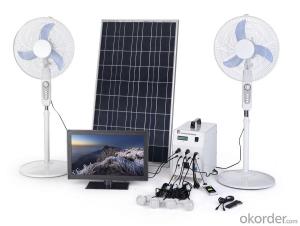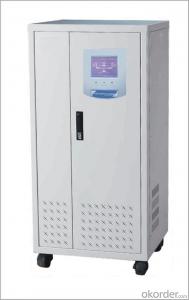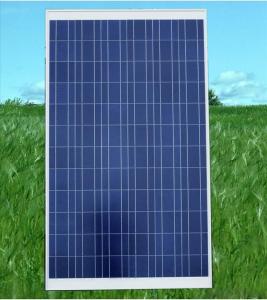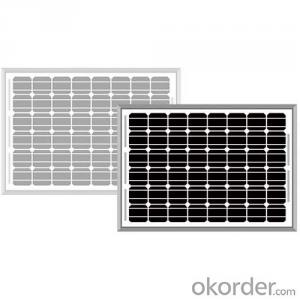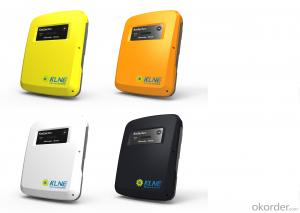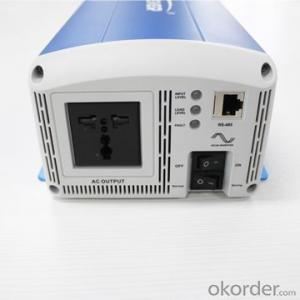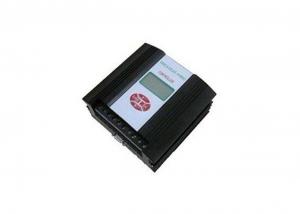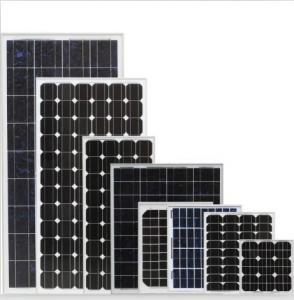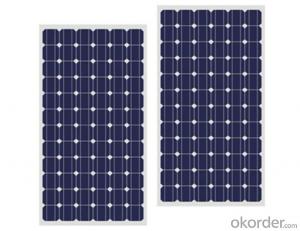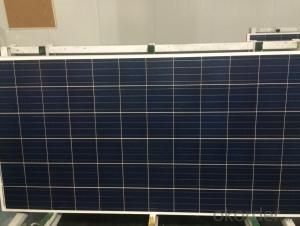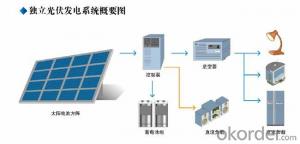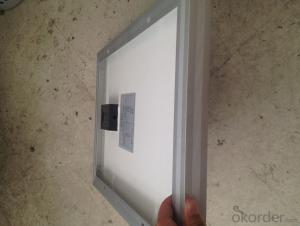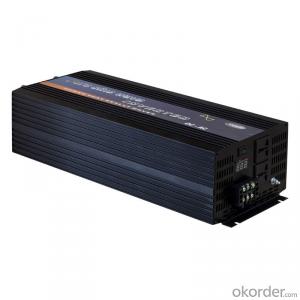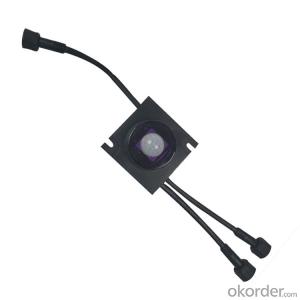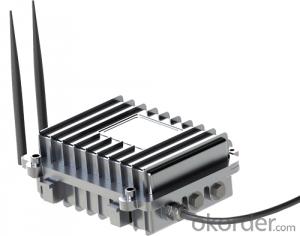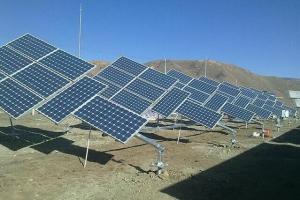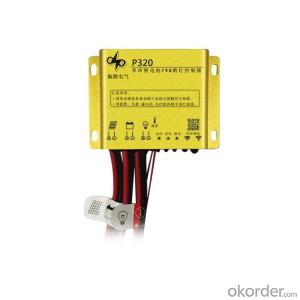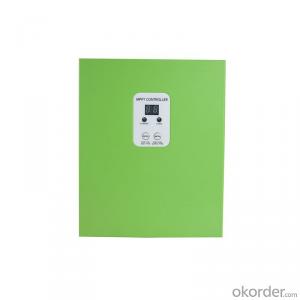200w Solar Inverter
200w Solar Inverter Related Searches
200 Watt Solar Inverter 200 Kw Solar Inverter 200kw Solar Inverter 200 Amp Solar Inverter 200 Watt Solar Panel Inverter 200 Kw Solar Inverter Price 200 Watt Solar Inverter Price 2000w Solar Inverter Solar Flex 200 Inverter Solar Inverter 2000w Solar 2000w Power Inverter 20 Kw Solar Inverter Solar 2000 Watt Inverter 2000 Watt Solar Inverter 20kw Solar Inverter Solar Power Inverter 2000w Solar 2000 Watt Power Inverter 2000 Watt Solar Power Inverter 220v Solar Inverter 250w Solar Inverter Solar Inverter 2000 Watt Solar 220v Inverter 2000va Solar Inverter 20kva Solar Inverter 220 Solar Inverter 250 Kw Solar Inverter 220 Volt Solar Inverter 20 Kw Hybrid Solar Inverter 250 Watt Solar Inverter 250kw Solar Inverter200w Solar Inverter Supplier & Manufacturer from China
The 200w Solar Inverter is a high-quality product designed to convert solar energy into usable electrical power. This efficient device is equipped with advanced technology that ensures optimal performance and reliability. It is an essential component in various solar power systems, making it a popular choice for both residential and commercial applications. The 200w Solar Inverter is widely used in off-grid systems, where it helps to store and distribute solar energy to power various appliances and devices. This product is also suitable for grid-tied systems, where it can help reduce electricity bills by feeding excess solar power back into the grid.Okorder.com is a leading wholesale supplier of the 200w Solar Inverter, offering a vast inventory of this product to cater to the needs of various customers. With a strong commitment to quality and customer satisfaction, Okorder.com ensures that each 200w Solar Inverter is thoroughly tested and meets the highest industry standards. By partnering with Okorder.com, customers can benefit from competitive prices, fast shipping, and excellent customer support, making it a reliable choice for sourcing 200w Solar Inverters.
Hot Products

